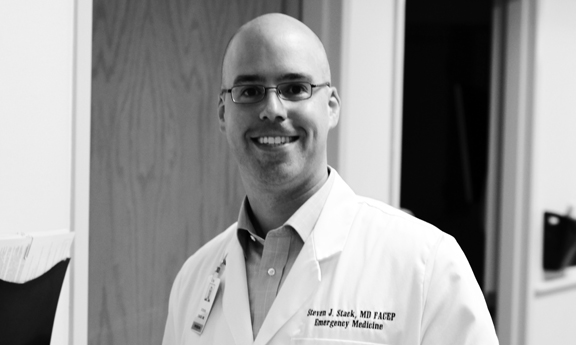This June’s AMA Annual Meeting proved as eventful as ever, with one exciting twist that has the potential to impact emergency medicine in a significant way.
At the recently concluded Annual Meeting of the AMA House of Delegates, by far the best and most significant news was that our very own Steve Stack, an emergency physician from Kentucky, was elected President-elect of the AMA. He is the first emergency physician to be elected to this position and will be the youngest AMA president in more than 100 years. We indeed have come a long way. As usual, there were a plethora of resolutions ranging from e-tobacco initiatives to condom use in sex films. Here are the highlights.
Resolutions related to emergency medicine
• Good Samaritan Coverage of 911 calls for opioid overdoses. This would encourage timely 911 calls for opioid overdoses by eliminating the fear of prosecution of the reporters.
• Encouraging e-prescriptions for controlled drugs. This would be of significant value to the busy emergency physician and would help to eliminate falsified prescriptions.
• Cheerleading should be recognized as a sport, with all the attendant medical resources afforded athletes. We see the trauma resulting from this activity frequently in the ED.
• Several resolutions dealing with concussions from various sporting activities, especially involving children, were referred to the Board. Concussions have been the subject of many recent clinical articles, guidelines, and policies, as well as the lay press.
• Creation of guidelines for handling in-flight medical emergencies. This would help to standardize the resources available to physicians who volunteer for in-flight medical emergencies, as well as guidelines on how to address them.
• Several resolutions addressing gun violence by encouraging more restrictive firearm laws.
• Several resolutions dealing with Observation Status, the CMS “Two-Midnight” Policy, and Attestation Statements by physicians.
Maintenance of certification
The twin issues of Maintenance of Certification (MOC) and Maintenance of Licensure (MOL) were addressed by a very balanced and complete report by the Council on Medical Education and no fewer than 7 resolutions. It is apparent that these issues continue to generate a significant amount of discussion and emotion, as well as confusion. The primary issues with MOC include cost, time, relevance, and the revoking by some Boards of Lifetime Certificates. Most of the criticism has been directed at the American Board of Medical Specialties (ABMS) but there is a parallel process—the Osteopathic Continuous Certification—for osteopaths. The primary issue with MOL is the misunderstanding that it requires satisfactory participation in MOC. A little explanation of each these processes would probably be helpful.
MOC has been a process that ABMS has mandated for its 24 member boards – including ABEM – for several years. The new 2015 MOC Standards, which are available on the ABMS website (www.abms.org/Maintenance_of_Certification), have been vetted by all of the member boards, most of the many relevant professional medical societies, and by the public. Those physicians who hold Lifetime Certificates (never issued by ABEM) are exempt from this process but have been encouraged to participate in MOC. Cost and time have been issues that have been legitimately raised, and ABEM is working hard to keep both of these factors to a minimum. ABEM agrees that all of its requirements should be relevant to the practicing emergency physician. Additionally, ABEM has made it a standard practice to elicit feedback on each of the MOC requirements that are completed.
MOL is a recent proposal by a Task Force of the FSMB (Federation of State Medical Boards) that would establish a standard for licensure by all medical licensing boards (there are more than 60 of these). This has not yet been adopted but would automatically grant licensure to those physicians current in MOC and would create new requirements for licensure for demonstration of ongoing competence and professionalism for physicians not enrolled in MOC. In essence the only link between MOL and MOC is that MOC would automatically satisfy the MOL requirements but would not be required.
The House endorsed the report by the Council on Medical Education and the resolution validating Lifetime Certificates, as well as resolving that MOC should not be a requirement of MOL (which it is not). Additionally, the House approved Observer status for the ABMS, which should improve the communication between the AMA and the Member Boards, ultimately improving the Certification process. All in all, this Annual Meeting was most productive and relevant to the practicing emergency physician.
Editor’s Note: We’d like to personally congratulate Steve Stack on this historic achievement and thank him for his contributions over the years on the Emergency Physicians Monthly Editorial Advisory Board.









